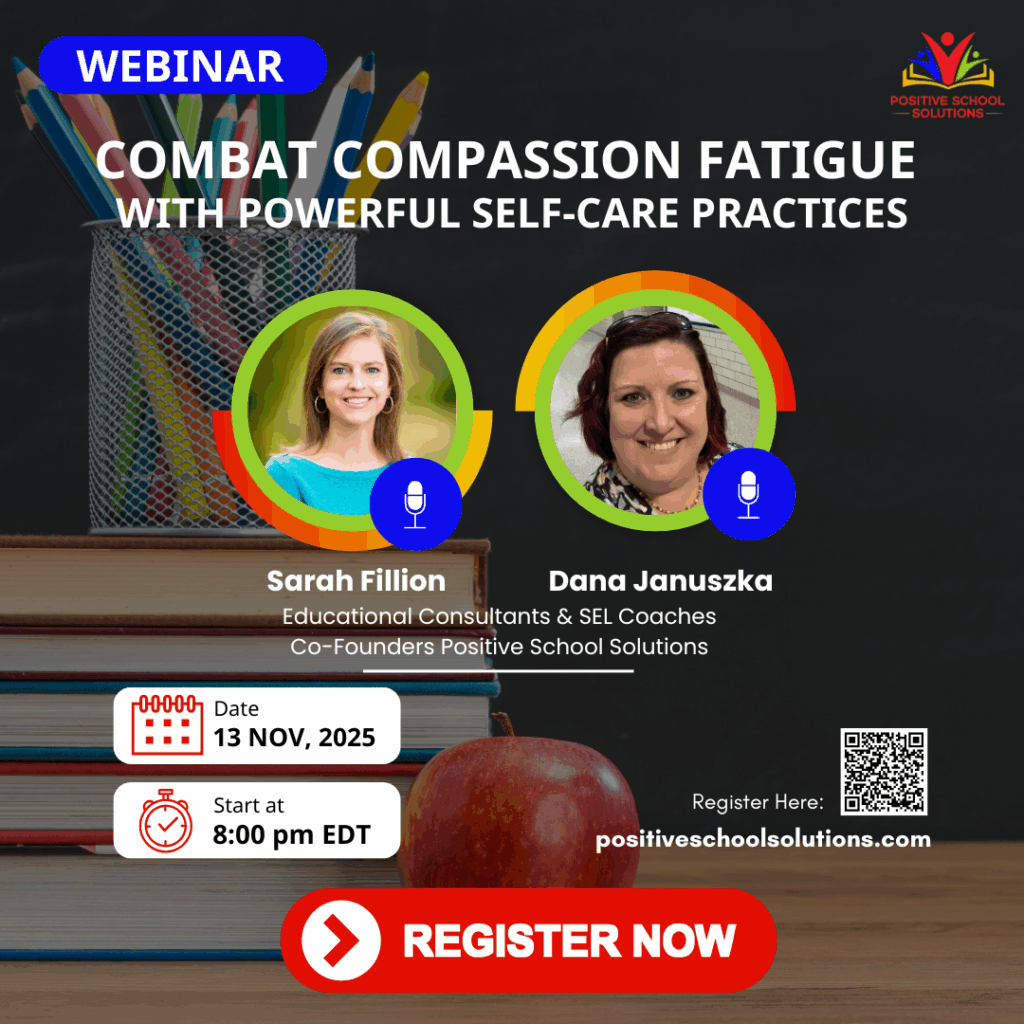We tend to think of life in terms of black and white—good or bad, thriving or struggling, fulfilled or drained. When we’re clearly in one camp, we recognize where we stand. If things are great, we celebrate. If things are terrible, we see that something must change.
But what about the space in between?
The gray zone.
It’s where people settle. It’s where justification thrives:
- “It’s not that bad.”
- “I mean, I’m better off than [insert someone struggling more].”
- “This is just the way things are.”
- “I’m exhausted, but I’m managing.”
The gray zone is the most dangerous place to be—not because it’s unbearable, but because it’s bearable enough. It keeps us from taking action. It tricks us into thinking we’re surviving, even when we’re slowly draining ourselves. It’s the equivalent of being on an airplane when the oxygen masks drop, but deciding, I can still breathe right now, so let me make sure everyone else is okay first.
But we all know what happens if we don’t put our own mask on first.

Break Free Before It’s Too Late
Over the past few weeks, I’ve talked to dozens of educators, both leaders and teachers, about joining the newest cohort of Lesson Plan for Life. And I’m seeing this pattern everywhere.
When I ask educators if they’re committed to changing how they approach their well-being, I often hear hesitancy. Some say, I’m not sure yet. Others tell me they’re so overwhelmed that they can’t possibly take on one more thing.
And then today, one person said something that absolutely broke my heart:
“I feel like you just threw me a life preserver, and I’m about five breaths of swimming away from it—but I may only have three left in me.”
This. This is exactly why we have to stop tolerating the gray zone.
The Cost of Staying in the Gray
When we stay in this middle space—where we’re exhausted but not collapsing, unhappy but not miserable—we risk losing sight of how good things could be. The gray zone keeps us from making changes until we’re in full crisis mode, gasping for air, barely able to function.
Teachers, especially, fall into this trap. They are deeply committed to their work, their students, and their colleagues. They put themselves last because they believe that’s what it takes to be a great educator. But let me be clear: burnout is not a badge of honor.
You do not have to wait until you are at rock bottom to make a change.
Making the Leap
Stepping out of the gray zone means refusing to settle for ‘fine’ when you deserve ‘fulfilled’. It means recognizing that waiting until you can’t breathe is not an act of heroism—it’s an act of self-destruction.
It starts with one decision:
- To put your mask on first.
- To reach for the life preserver before you’re down to your last breath.
- To recognize that just because you’re getting by doesn’t mean you’re truly living.
If you’re reading this and feeling like you might be in the gray zone, I urge you: don’t wait until you’re drowning. Your well-being isn’t a luxury—it’s the foundation for everything else.
So, what’s one step you can take today to move toward the life you truly deserve?
You don’t have to do it alone. A powerful community can help lift you out of the gray zone, providing the support, accountability, and encouragement needed to move from surviving to thriving. Lesson Plan for Life is designed to help you reclaim agency over your life—both professionally and personally. There is truly power in numbers, and we’ve created the space for that transformation to occur. The question is: will you step into it??
Written by Sarah Fillion 2025

